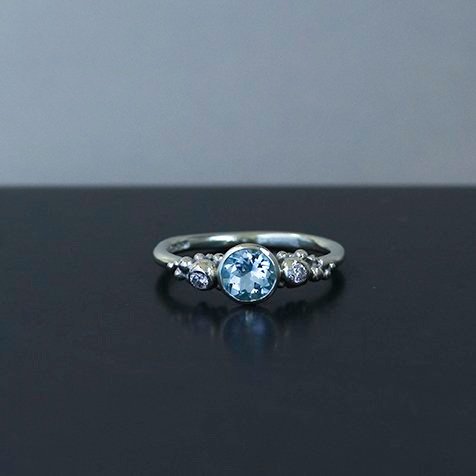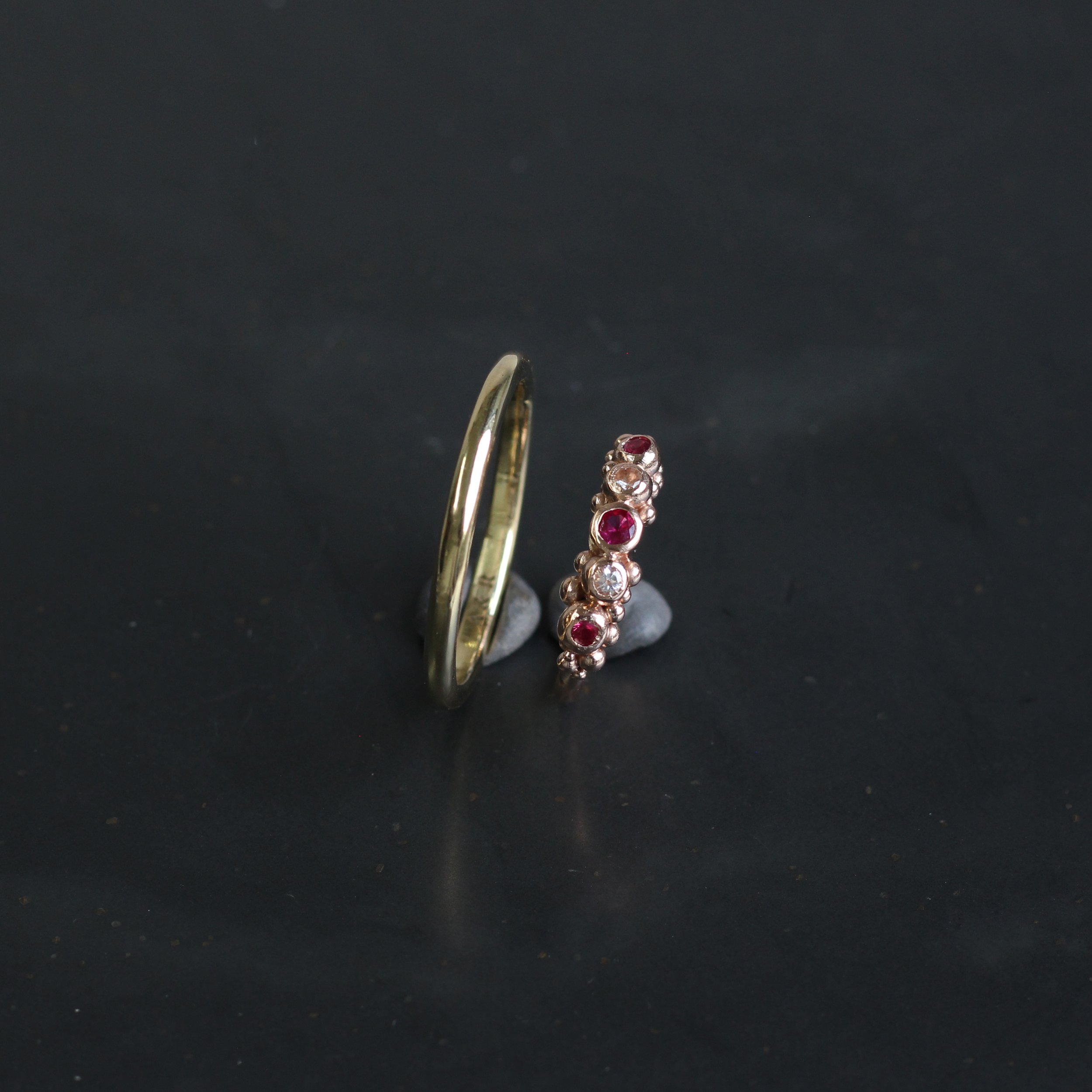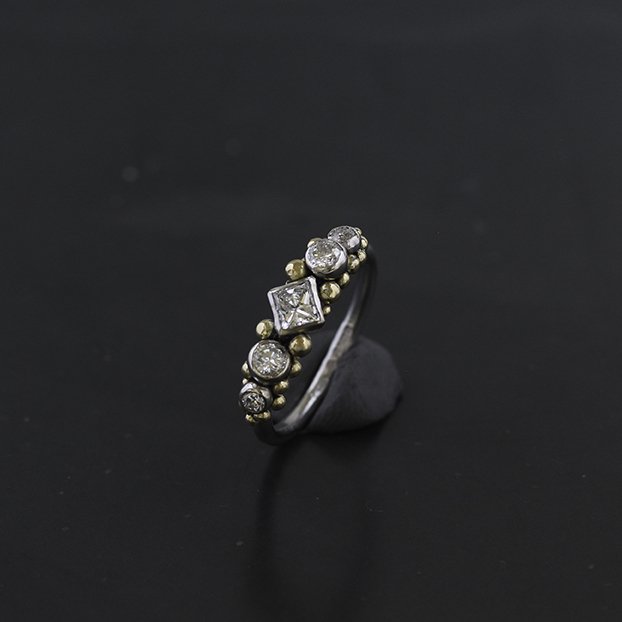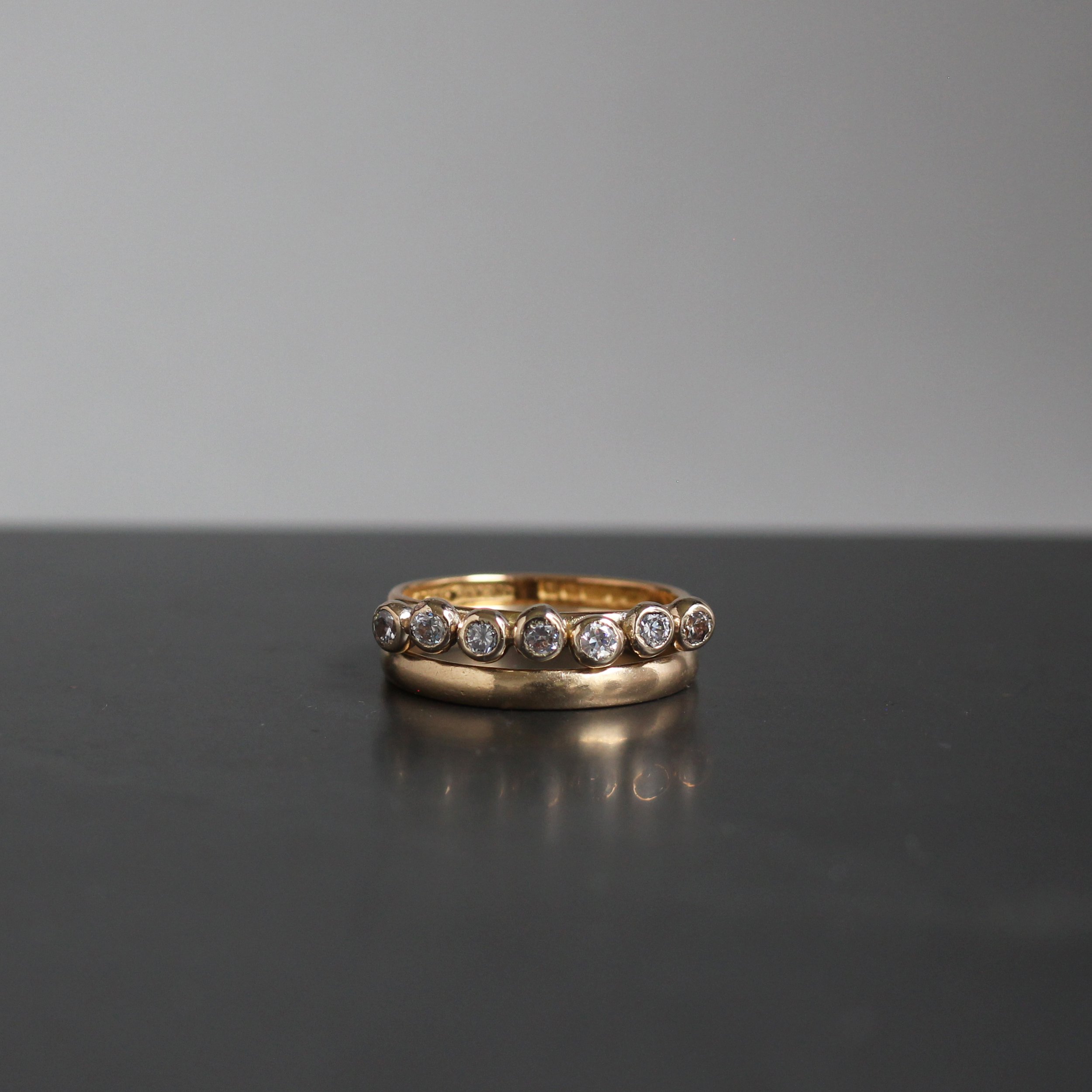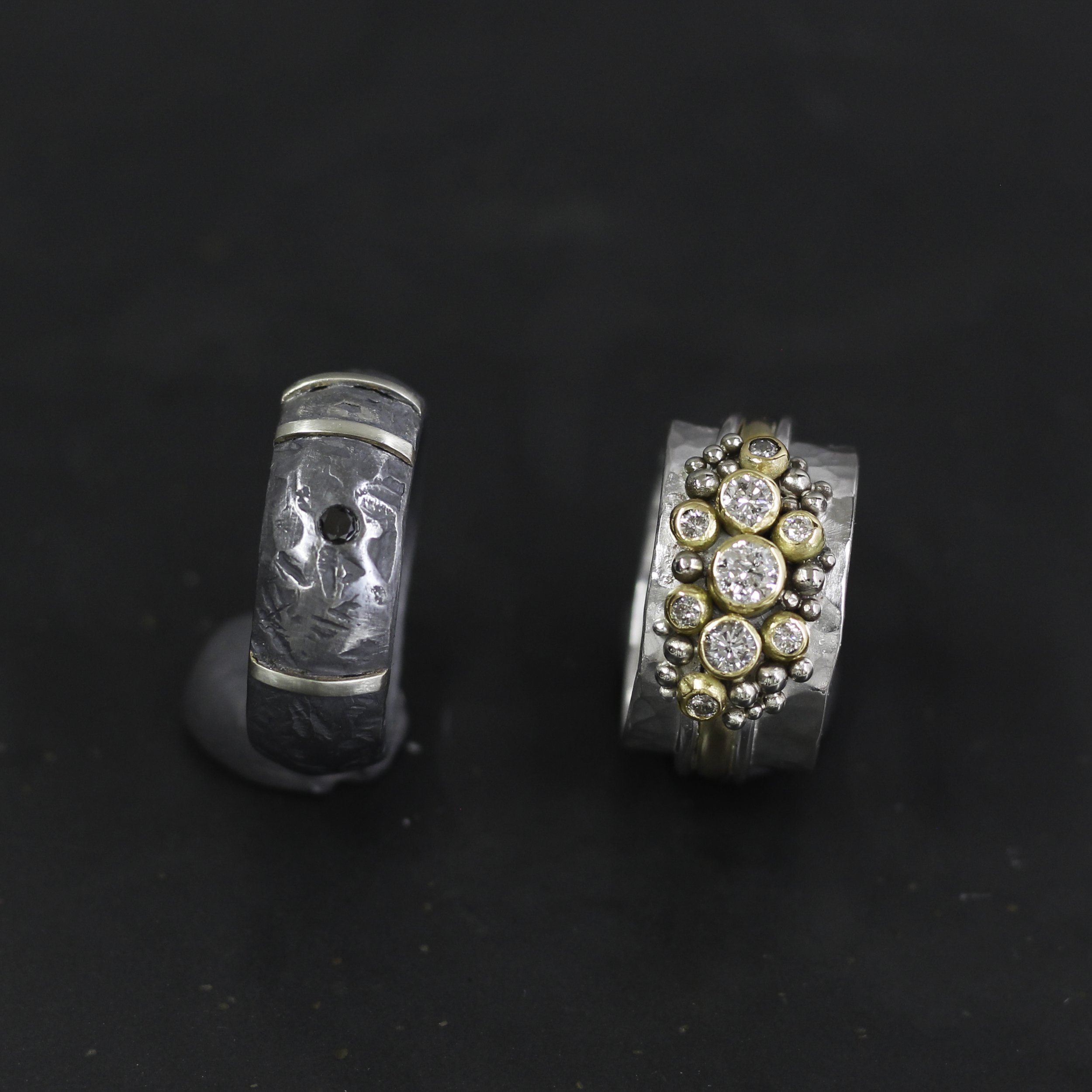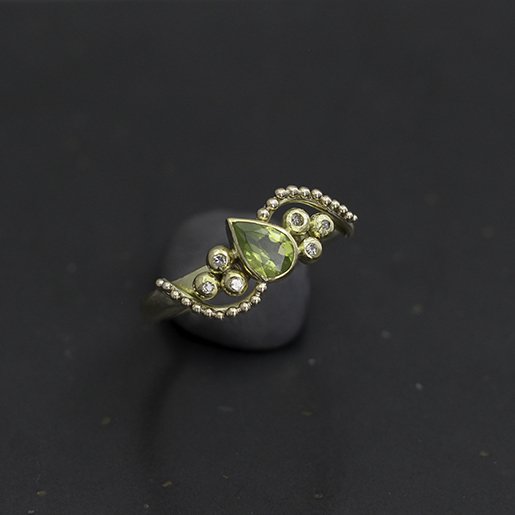Metals and how to choose them for your wedding/engagement ring.
This is a question I get asked quite a bit. Again, this is a pretty big part of the wedding ring decision making. Different metals have different colour, hardnesses etc. So below is my personal summary on metals for rings and their properties.
Just so you know I currently only work with silver and gold.
Silver
There are two main types of silver; Sterling (925) and fine. Firstly I wouldn’t even think about making a daily wear ring or wedding band with fine silver, it is too soft and will scratch, bend and wear away with daily hard wearing. Sterling silver, is also known as 925. This is because it is 92.5% silver mixed with other alloys. This has been done to give it extra strength and make it harder wearing.
My thoughts on silver are this! The colour is great, it is nice to work with and you can get some wonderful finishes on the surface. However, It doesn’t age too well. The air will oxidise the surface and it scratches really easily. The main consideration here really is cost! It is more affordable than gold, however, my advice is, if your budget will reach it then buy white gold instead (more details on that to come). If you are a silver lover, and many of you are, then it will do just fine but may not wear quite as well as the gold over the years.
Gold
This can be a little complicated so i’ll put it in sections below.
22 and 24 ct gold are the purest types of gold, 24 being 100% pure gold. They are very soft and not really used for jewellery making so much. There is jewellery made from it and it it GORGOUS, however, it isn’t the best for daily wear jewellery as it will bend, scratch and will wear away the quickest of the golds.
9ct gold is 9 parts gold and 15 parts other alloys. Various alloys can be used however silver will be used for white gold, copper for red gold. The 9 pt gold is 37.5% of gold and will be hallmarked with the stamp 375
18ct gold is 18 parts gold and 6 parts other alloy. Again, copper is used for red golds and in the 18ct instance of white gold it is commonly mixed with palladium not silver. The 18ct gold is 75% gold there for having a assay stamp of 750. As 18ct gold has twice the amount of gold in it this is seen in the price but it is well worth the investment.
Old gold. This is really popular and my main thing really. If you have old gold hanging about or rings/jewellery you don’t wear we should be able to incorporate this into your designs. Some people just melt it and add it to the pot. Some have bands that are then used and remade into a new band (popular with the grooms, using dads and mums old wedding bands), there are lots of options here so let me know if you have old gold when we speak and i can advise you. Also, i’ve written a blog about wedding ring shapes, which covers my options for old gold rings.
These are two wedding rings i made this year. The band on the left is 18ct yellow gold and was remodelled from my clients dads wedding band. The ring on the right is a gemstone wedding ring made with 9ct rose gold, white sapphires and rubies.
Metal colour
Silver is silver, we are all familiar with that.
9ct gold has a paler yellow gold colour to it due to being 37.5% gold and will depend on what the other alloys are mixed with it. White gold has a natural silver colour to it. It is often plated with rhodium which gives it that bright white colour most commonly though to be ‘white gold's’ natural colour. Rose gold will have more of the copper in it to make the red colour, the more copper the redder it is.
18ct gold is brighter yellow colour (my fave) as it has double the gold content in it. Whiter gold in this instance is usualy made with palladium as one of the additional alloys. This will make 18ct white more durable than the 18 yellow as the palladium is a harder metal than gold. 18 white can be a darker grey than the 9 or the silver, again , i like the natural colour of it but it could be rhodium plated if you wanted that bright white finish.
Rhodium and gold plating
Rhodium plating is the bright white finish you’ll see in high street jewellers that you will know white gold for. It can be plated onto silver or golds. As it is a plating it will wear off over time and you will probably need to get it re-plated. Time frames on this can be different depending on various factors like hard wear, perfumes and hand creams. When i make a ring in white gold I generally tend to leave it natural as I like the colour of it, however I have also had my white gold rings plated for clients when they desire. So it is always an option if you’d like the brightness of it , but expect to have them re-plated.
Gold vermeil - there are various way of plating, however my gold plating has a specific name and that is gold vermeil. The definition of gold vermeil is heavily gold plated silver. The gold is plated in microns, vermeil starts at 2.5 microns and mine silver is plated with 24ct gold and at a thickness of 3 microns. This thicker coating of gold has the main advantage of lasting longer, but a plated ring , if worn daily , will wear off pretty quickly. I really wouldn’t advise gold plating on rings, but again that is up to you, just be prepared to re-plate regularly, i’d say yearly to keep the brightness of the gold.
So, in summary. Buy the gold if you can afford it! It has better daily wear and will last longer. If you are a silver fan the white gold’s natural colour isn’t too far off the silver colour. If you want silver because you love it, then go for it, just be aware that for a daily wear ring it might get a bit tatty in years to come. I do have after service, if you’ve invested in a ring from me and want a good clean every now and again, send it down and i’ll give it a good clean.
Remember, this is something you are only doing once, don’t be afrid to invest in the ring you want. Weddings are wonderful things and you’ll have a great day regardless, but the ring will be with you for the duration, you’ll wear it everyday, and then it will be passed on to loved ones.
Cx


